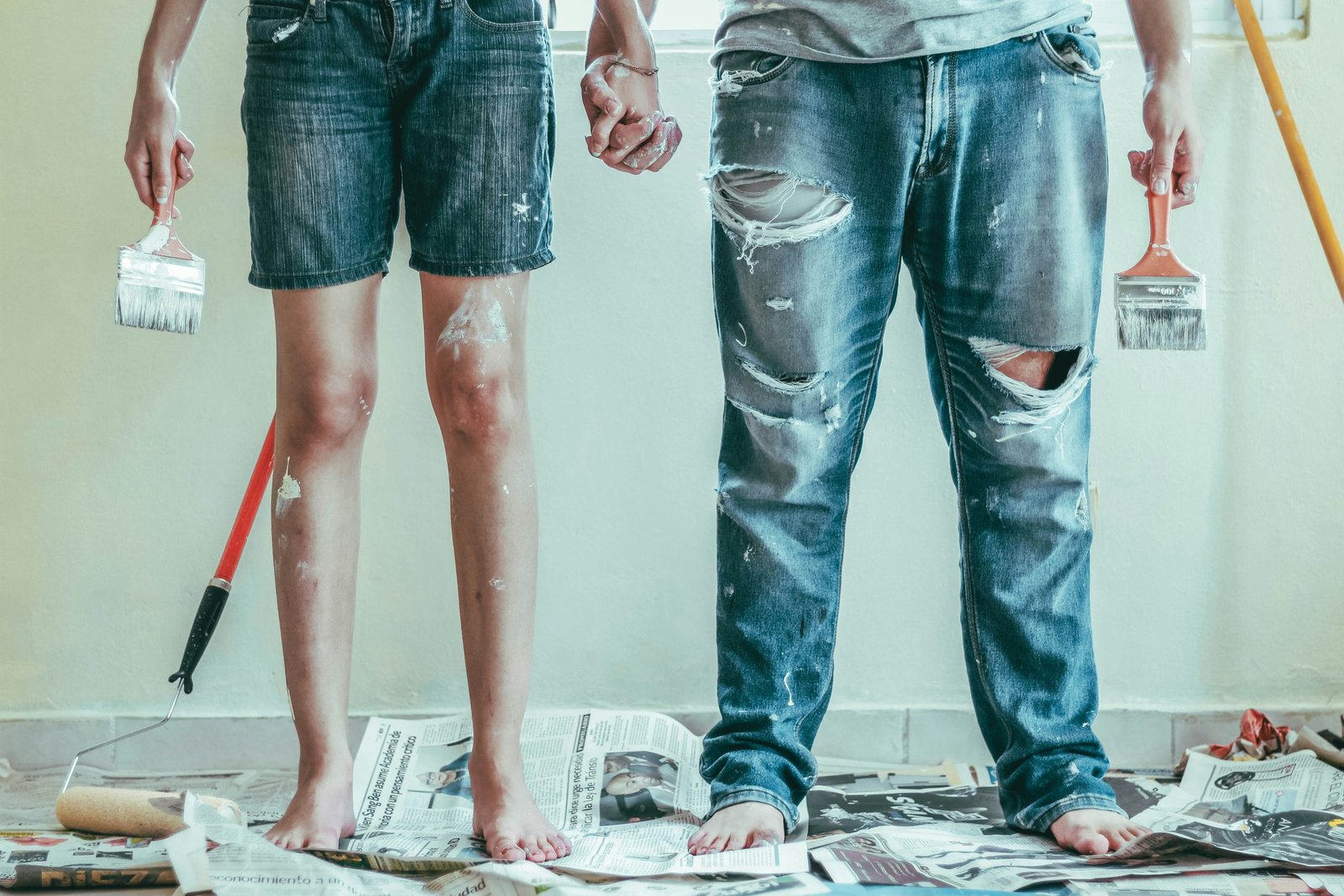Transform Your Space: DIY Floating Shelves for Style and Functionality
Are you looking to add both style and functionality to your living space without breaking the bank? Look no further than DIY floating shelves! These versatile shelves not only provide storage solutions but also serve as decorative accents, elevating the aesthetic appeal of any room. In this comprehensive guide, we’ll walk you through the step-by-step process of creating your own floating shelves. So, roll up your sleeves and get ready to embark on a rewarding DIY project!
Step 1: Gather Your Materials
Before diving into the construction process, it’s essential to gather all the necessary materials. Here’s what you’ll need:
• 1×8 or 1×10 lumber (length as per your desired shelf size)
• Wood screws
• Wall anchors
• Stud finder
• Drill
• Level
• Sandpaper
• Wood stain or paint (optional)
• Paintbrush or rag
• Saw (if cutting lumber to size)
•
Step 2: Measure and Cut Your Lumber
Begin by determining the desired dimensions of your floating shelves. Use a measuring tape to mark the length of the lumber, keeping in mind the space where you intend to install the shelves. Once you’ve marked the measurements, use a saw to carefully cut the lumber to size.
Step 3: Sand the Edges
After cutting the lumber, it’s essential to sand the edges to ensure a smooth finish. Use sandpaper to sand down any rough edges or splinters, paying close attention to the corners and sides of the wood.
Step 4: Drill Holes for Mounting
Next, it’s time to drill holes in the back of the lumber for mounting. Measure and mark the placement of the holes, ensuring they are evenly spaced and aligned. Use a drill bit slightly smaller than the diameter of your screws to drill the holes.
Step 5: Stain or Paint the Shelves (Optional)
Depending on your personal preference and the aesthetic of your space, you may choose to stain or paint the shelves. If staining, use a paintbrush or rag to apply the stain evenly, following the manufacturer’s instructions. Allow the stain to dry completely before proceeding. Similarly, if painting, apply a coat of paint using a paintbrush, allowing each coat to dry before applying the next.
Step 6: Locate Wall Studs
Before mounting the shelves, it’s crucial to locate the wall studs to ensure proper support. Use a stud finder to locate
the studs within the wall where you plan to install the shelves. Mark the location of each stud using a pencil.
Step 7: Install Wall Anchors (If Necessary)
If you’re unable to mount the shelves directly into studs, you’ll need to use wall anchors for added support. Follow the manufacturer’s instructions to install the wall anchors securely into the wall at the marked locations.
Step 8: Mount the Shelves
With the wall studs or anchors in place, it’s time to mount the shelves. Position the shelves against the wall, ensuring they are level and aligned with your markings. Use wood screws to secure the shelves to the wall studs or anchors, driving the screws through the pre-drilled holes in the back of the shelves.
Step 9: Final Touches
Once the shelves are securely mounted, take a moment to admire your handiwork! Arrange your favorite decor items, books, or plants on the shelves to add personality and charm to your space. Step back and enjoy the beauty and functionality of your DIY floating shelves!
Congratulations! You’ve successfully completed your DIY floating shelves project, adding both style and functionality to your living space. With just a few simple materials and a bit of elbow grease, you’ve transformed your room into a stylish oasis. Whether you’re displaying cherished mementos or organizing everyday essentials, these floating shelves are sure to impress. So, sit back, relax, and enjoy the new project.
Related
Latest Articles













